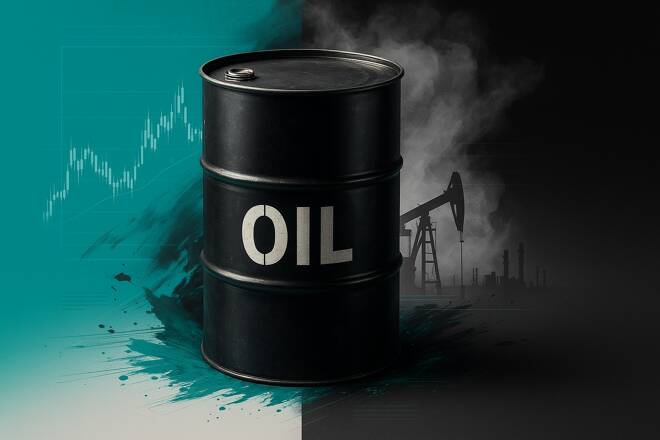Advertisement
Advertisement
Oil and Natural Gas Technical Analysis – Critical Breakout and Breakdown Zones to Watch
By:
Oil stays weak below resistance, natural gas holds a bullish setup, and the U.S. Dollar Index awaits a breakout from its range.
Oil prices continue to consolidate within a bearish trend as traders weigh the risks of oversupply against geopolitical uncertainty. The market found support near $58, driven by concerns that sanctions on Russia’s Lukoil could disrupt exports. However, gains remain limited as traders await clarity on the potential impact on Russian output in the near term.
Moreover, U.S. inventory data added pressure to the market. Crude stocks increased sharply above expectations, signalling weaker demand and stronger domestic supply. At the same time, OPEC and the IEA warned that global production could exceed demand by 2026, increasing the risk of a supply glut. These signals reinforced a bearish tone, limiting any immediate rebound in oil prices.
On the other hand, demand expectations improved slightly as the U.S. government reopened, restoring activity across key sectors. Travel, holiday spending, and workforce mobility are likely to lift near-term consumption. However, structural oversupply remains the dominant force in the market. Until inventories tighten or supply risks intensify, oil prices may struggle to move higher despite occasional support from geopolitical events.
WTI Crude Oil (CL) Technical Analysis
WTI Oil Daily Chart – Consolidation
The daily chart for WTI crude oil (CL) indicates that the price is consolidating below the key $60 level, exhibiting negative price action. A break above $62.50 would signal further upside potential toward the $66 area. However, as long as the price remains below the 200-day SMA, the overall trend in the oil market remains bearish. Additionally, the RSI remains below the midpoint, signaling that sellers continue to drive weakness and negative momentum in the oil market.
WTI Oil 4-Hour Chart – Negative Price Action
The 4-hour chart for WTI crude oil shows that the price is consolidating below the $62 area, suggesting a bearish bias. The prolonged consolidation below this level over the past few weeks indicates that the market may be preparing to drift lower. A break above $70 would be required to invalidate the current negative outlook. Conversely, a break below the $58 region would confirm further downside toward the $55 level.
Natural Gas (NG) Technical Analysis
Natural Gas Daily Chart – Resistance
The daily chart for natural gas (NG) shows a pullback after hitting resistance near the $4.70 region. Immediate support is seen around the $4.00 level, highlighted by the blue dotted trendline. The broader outlook remains strongly bullish, as natural gas has formed a cup-and-handle pattern on the larger time frame.
A strong rebound from the long-term support zone between $2.50 and $2.60, followed by a breakout above $4.00, confirms sustained bullish momentum. Buyers may treat any price correction as an opportunity to enter the market for the next leg higher.
Natural Gas 4-Hour Chart – Positive Development
The 4-hour chart for natural gas shows that it has reached clear resistance at $4.70 and is pulling back toward the $4.00 area. However, this correction is expected to form the basis for the next major rally.
US Dollar Index (DXY) Technical Analysis
US Dollar Daily Chart – Consolidation
The daily chart for the U.S. Dollar Index shows consolidation below the 200-day SMA, reflecting market uncertainty. A breakout above 100.50 would suggest further upside toward the 102 level.
However, a break below the 98.00 level would confirm the continuation of the bearish trend. The prolonged sideways movement since June 2025 highlights a lack of clear direction. A decisive move above 100.50 or below 96.50 is needed to trigger the next significant trend in the dollar.
US Dollar 4-Hour Chart – Consolidation
The 4-hour chart for the U.S. Dollar Index shows strong consolidation between the 96.50 and 100.50 levels. A breakout from either side of this range will determine the next directional move in the index.
About the Author
Muhammad Umairauthor
Muhammad Umair is a finance MBA and engineering PhD. As a seasoned financial analyst specializing in currencies and precious metals, he combines his multidisciplinary academic background to deliver a data-driven, contrarian perspective. As founder of Gold Predictors, he leads a team providing advanced market analytics, quantitative research, and refined precious metals trading strategies.
Advertisement
